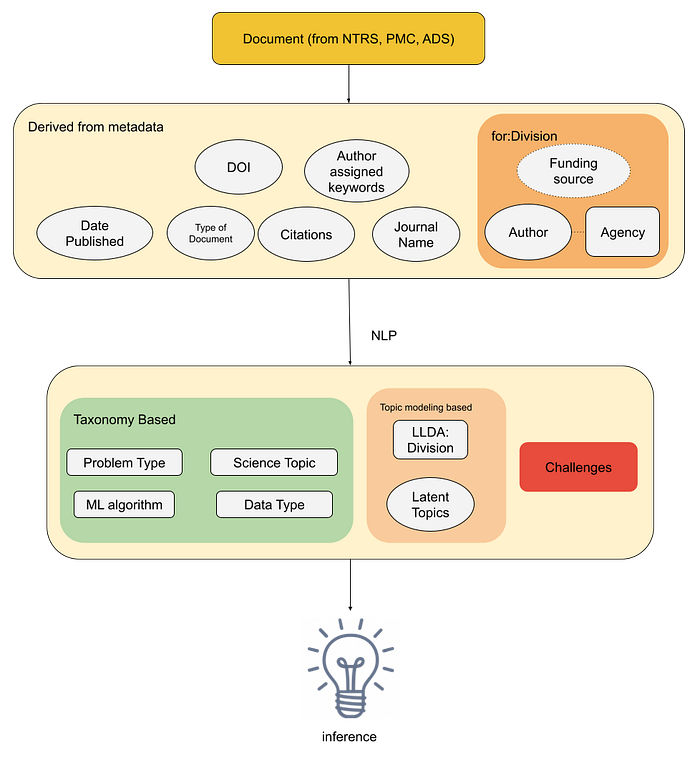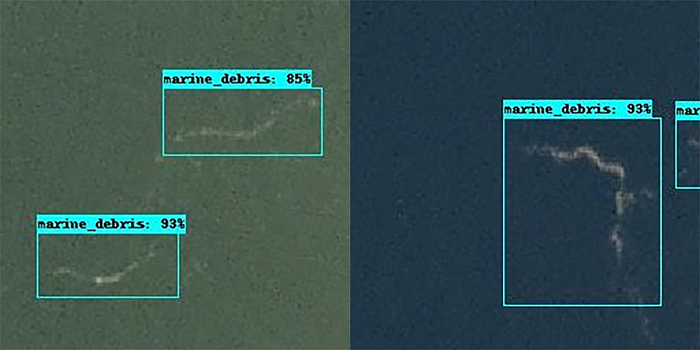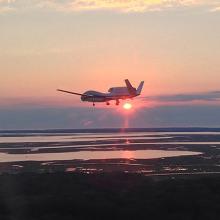IMPACT’s machine learning (ML) team is heading to AGU to share their latest accomplishments and research.
Shubhankar Gahlot will present “Leveraging citizen science and artificial intelligence for monitoring and estimating hazardous events,” discussing the importance of incorporating citizen science in detecting and estimating the extent of natural disasters. Floods and hurricanes are examples of natural disasters that cause immense damage to property and lives. Knowing the extent of these disasters is crucial for emergency management and resource allocation by federal agencies like FEMA, local authorities, and nonprofit aid organizations. This information is also important for climate scientists for predicting the impacts of climate change on any such future events.
IMPACT hosted competitions to involve the broader science community in the estimation of hurricane wind speeds and flood extents based on satellite images. Teams created labels, formulated an extent detection problem for floods, and a wind speed estimation problem for hurricanes using the imagery to find computational solutions. This presentation discusses the methods used to generate the datasets, results from the competition, and the lessons learned.
The presentation “Trend analysis of AI/ML tools and services in NASA,” given by Slesa Adhikari. She examines the extent to which the use of machine learning (ML) algorithms within NASA’s Science Mission Directorate (SMD) have been increasing over the years by analyzing publications and presentations available through NASA Technical Reports Server and PubMed Central. Identifying the problem types and class of ML algorithms used to tackle them across the divisions presents opportunities for collaborations, interdisciplinary projects and knowledge transfer for sustainable partnerships.

IMPACT developed this trend analysis of ML algorithms by leveraging ML algorithms which are able to search through the publication texts semantically. Ms. Adhikari will also present an analysis on the available open source tools and services in NASA that leverage AI/ML algorithms.
Lillianne Thomas will present an effort towards better understanding the global pollution problem of floating marine debris which threatens marine and human life and leads to the loss of biodiversity in “Detecting floating marine debris from commercial small satellite imagery with deep learning.” Artificial intelligence, specifically deep learning, can be used to detect floating marine debris in satellite imagery. Lillianne will present an application of a deep learning model designed for object detection in the TensorFlow framework for observing marine debris floating on the surface of the ocean.

The model was trained on IMPACT’s custom-annotated dataset of 1370 polygons containing marine debris as observed in Planetscope optical imagery, which has a spatial resolution of approximately 3 meters. An overall precision score of 0.78 and recall score of 0.70 were obtained on the test dataset. The presentation highlights the strong potential of using commercial small satellite imagery for detecting marine debris pollution and strengthening current and future efforts to clean the oceans.


